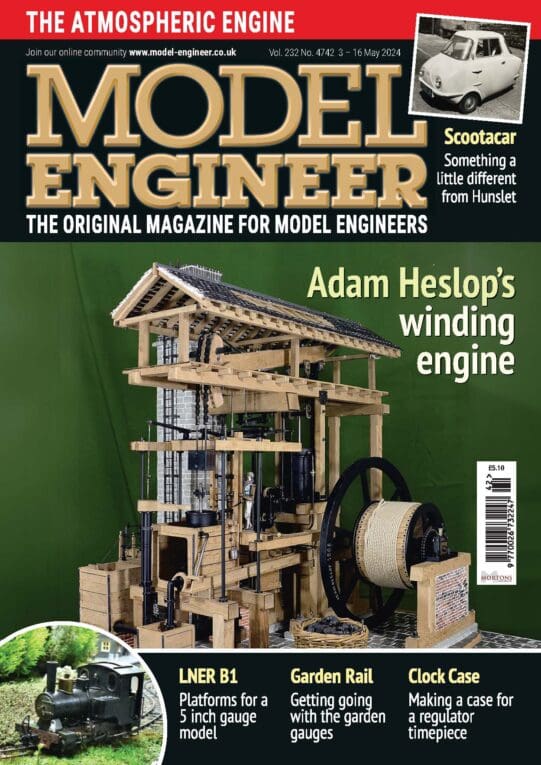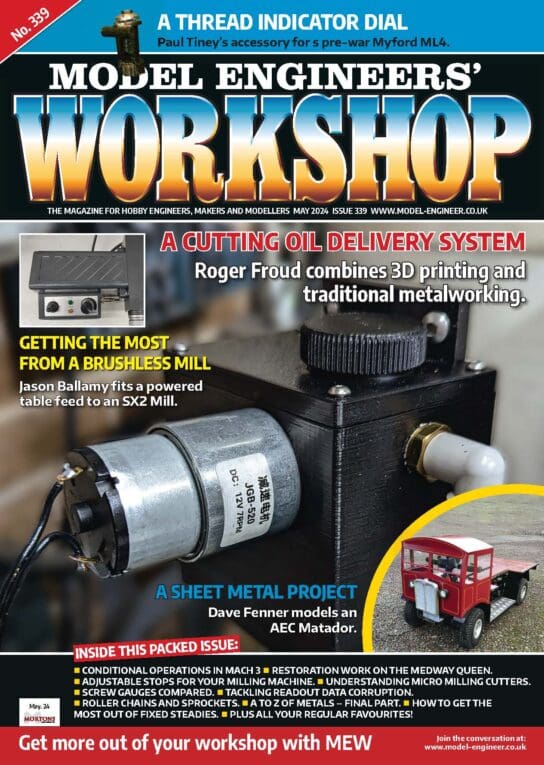Deformed plastic gear on milling machine
Deformed plastic gear on milling machine
- This topic has 61 replies, 14 voices, and was last updated 29 April 2024 at 20:10 by
Bill Phinn.
- Please log in to reply to this topic. Registering is free and easy using the links on the menu at the top of this page.
Latest Replies
Viewing 25 topics - 1 through 25 (of 25 total)
-
- Topic
- Voices
- Last Post
Viewing 25 topics - 1 through 25 (of 25 total)
Latest Issues
Latest Replies
- Motorcycle General Discussion
- “New” member in Cheshire
- From Firth Came Forth… Compounding & Valve Gear?
- Chester Conquest Super Mill Potentiometer
- D1-3 spindle nose adaptor
- What did you do Today 2024
- ECLIPSE No:180 Instrument Vice info needed please
- A Model Engineers Book Collection
- Good MT5 collet holder recommendation
- A German DiY Solar Installation




